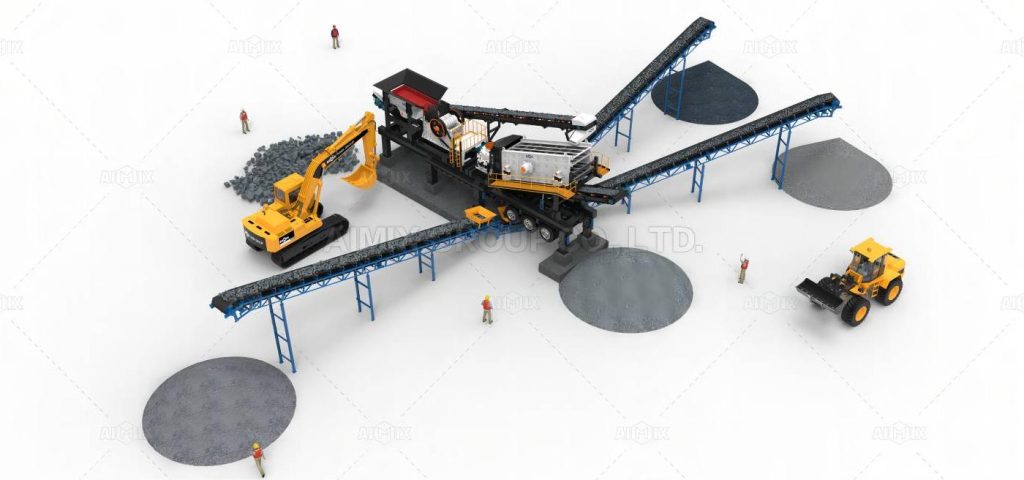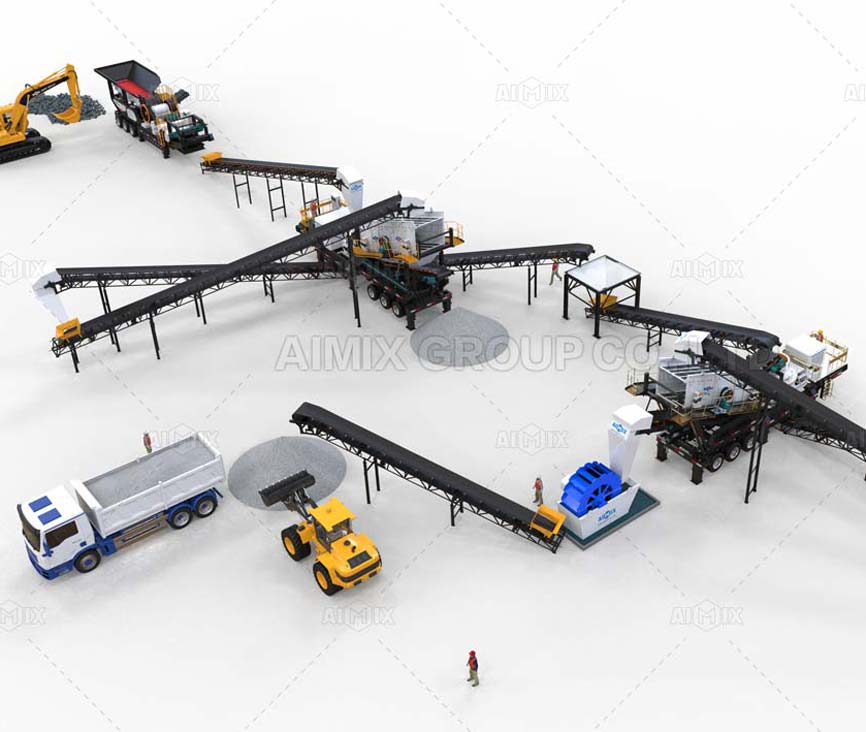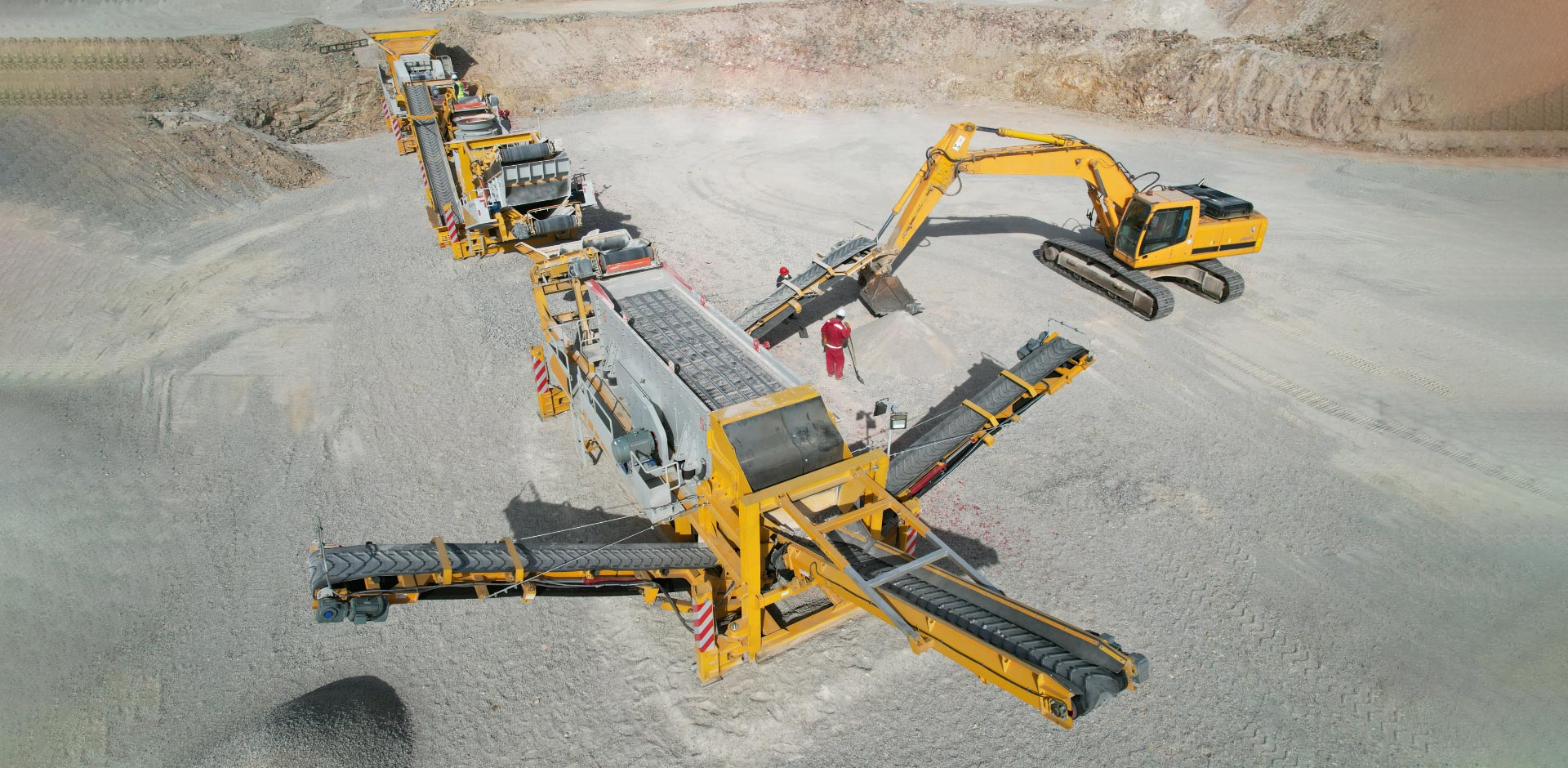Quartz crushing operations involve various risks and hazards that can pose serious threats to the safety and well-being of operators. Implementing effective safety measures is crucial to protect workers and prevent accidents in the workplace. In this article, we will explore the best practices for ensuring operator safety in quartz crushing operations.
Quartz crushing operations are inherently hazardous due to the nature of the material being processed and the machinery involved. Operators are exposed to risks such as silica dust exposure, crushing hazards, and machinery accidents. Therefore, it is essential to prioritize safety and implement robust safety protocols to minimize the risk of accidents and injuries when using the quartz crusher.
Understanding the Hazards
Silica Dust Exposure
Silica dust, generated during quartz crushing operations, poses a significant health hazard to operators. Inhalation of silica dust can lead to respiratory diseases such as silicosis, lung cancer, and chronic obstructive pulmonary disease (COPD). It is essential to control silica dust exposure through proper ventilation, dust suppression systems, and the use of personal protective equipment (PPE) such as respirators.

Crushing Hazards
Quartz crushing machinery poses crushing hazards to operators, including the risk of being caught in moving machinery or being struck by falling objects. Operators should receive adequate training on safe operating procedures and be aware of the potential hazards associated with the equipment. Safety guards, emergency stop buttons, and equipment maintenance are essential for preventing crushing accidents.
Machinery Accidents
Machinery accidents, such as equipment malfunction or improper operation, can result in serious injuries or fatalities. Regular equipment inspections, maintenance checks, and operator training are critical for preventing machinery accidents. Operators should follow manufacturer guidelines and ensure that all safety features are functioning correctly before operating the crusher machine for stone.
Implementing Safety Protocols
Training and Education
Proper training and education are essential for ensuring operator safety in quartz crushing operations. Operators should receive comprehensive training on safe work practices, hazard recognition, and emergency procedures. Regular safety meetings, toolbox talks, and refresher training sessions can help reinforce safety protocols and keep operators informed about potential risks.

Personal Protective Equipment (PPE)
Personal protective equipment (PPE) plays a vital role in protecting operators from hazards in the workplace. Operators should wear appropriate PPE, including respiratory protection, eye protection, hearing protection, and protective clothing, when working in quartz crushing operations. Employers should provide PPE and ensure that it is properly fitted, maintained, and used according to manufacturer guidelines.
Engineering Controls
Engineering controls, such as ventilation systems, dust suppression equipment, and machine guarding, can help mitigate hazards in quartz crushing operations. Ventilation systems should effectively remove airborne contaminants, while dust suppression equipment can minimize silica dust exposure. Machine guarding should be in place to prevent contact with moving parts and reduce the risk of crushing accidents. Learn more info here: https://aimixglobal.com/rock-crusher-sale/.
Creating a Culture of Safety
Leadership Commitment
Leadership commitment to safety is crucial for creating a culture of safety in quartz crushing operations. Management should prioritize safety, allocate resources for safety initiatives, and actively engage with workers to identify and address safety concerns. By demonstrating a commitment to safety, management can instill a culture of accountability and encourage employees to prioritize safety in their daily activities.
Employee Involvement
Employee involvement is essential for the success of safety initiatives in quartz crushing operations. Workers should be actively involved in identifying hazards, reporting near misses, and participating in safety committees or teams. By empowering employees to take ownership of safety, organizations can benefit from their knowledge, experience, and commitment to preventing accidents.
Continuous Improvement
Continuous improvement is key to maintaining a safe work environment in quartz rock crushing operations. Employers should regularly evaluate safety performance, conduct incident investigations, and implement corrective actions to address root causes of accidents or near misses. By continually striving for improvement, organizations can enhance safety practices and protect the well-being of their employees.
In conclusion, operator safety is paramount in quartz crushing operations, where workers are exposed to various hazards and risks. By understanding the hazards, implementing safety protocols, and fostering a culture of safety, organizations can create a safe work environment and prevent accidents and injuries. Prioritizing safety not only protects employees but also contributes to the overall success and sustainability of the business.
